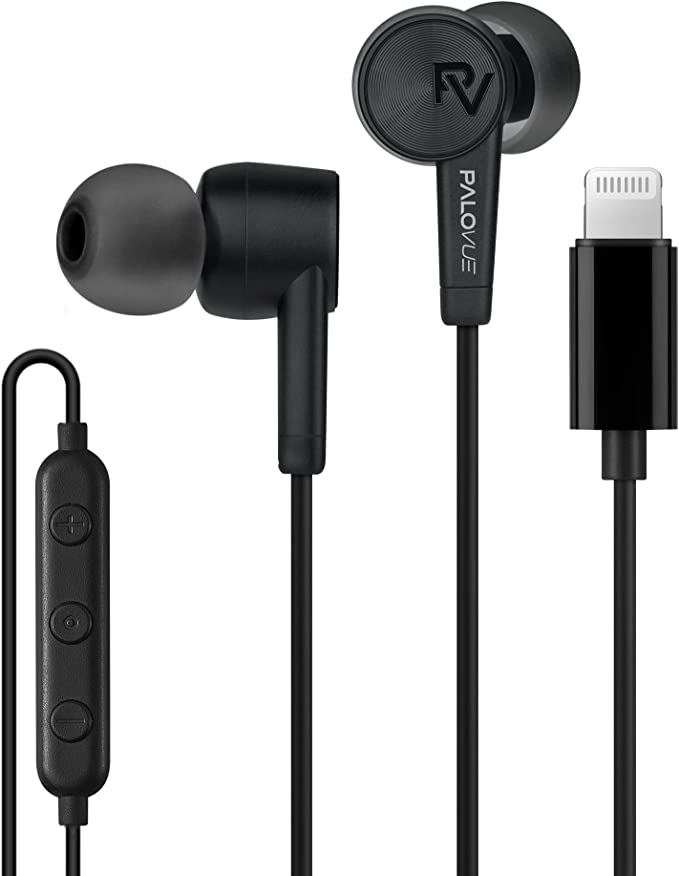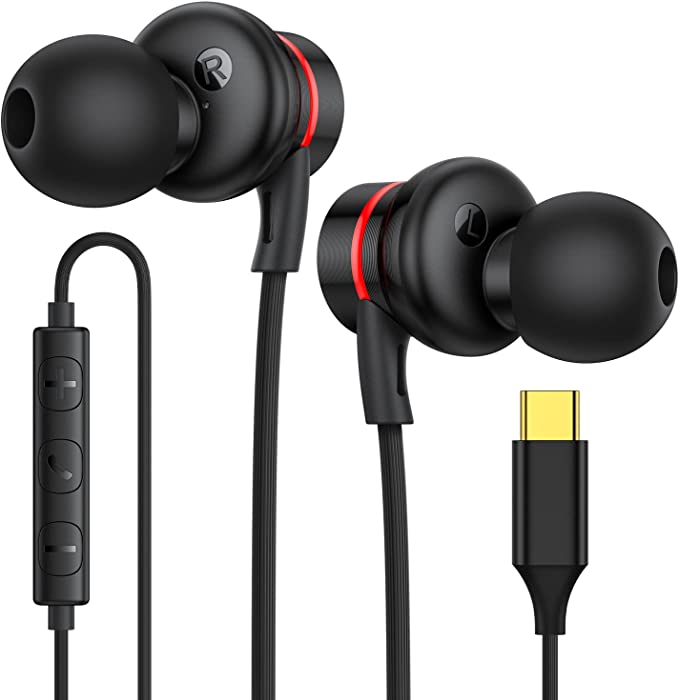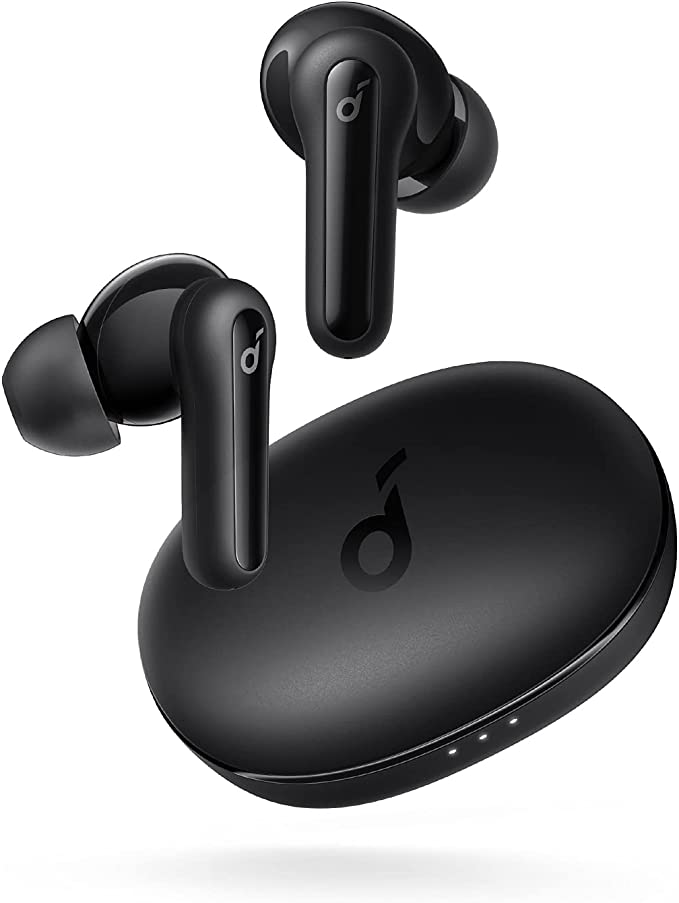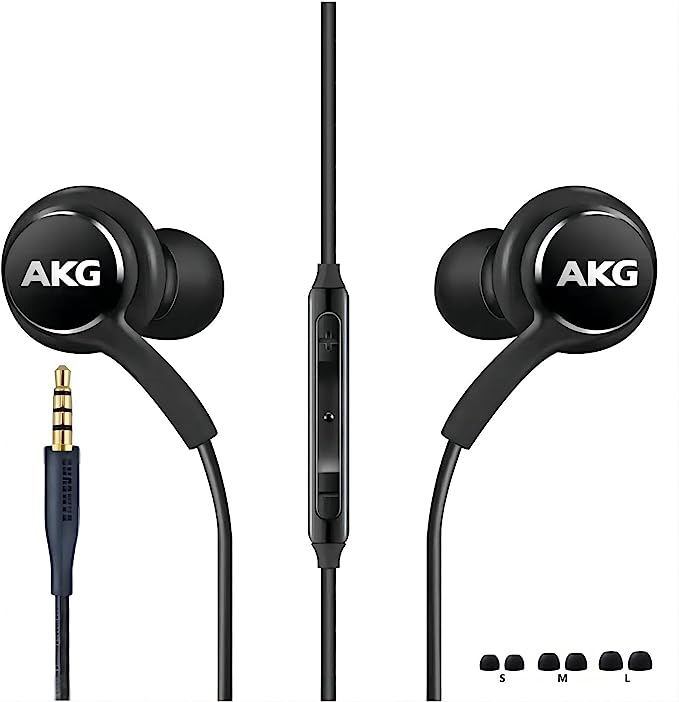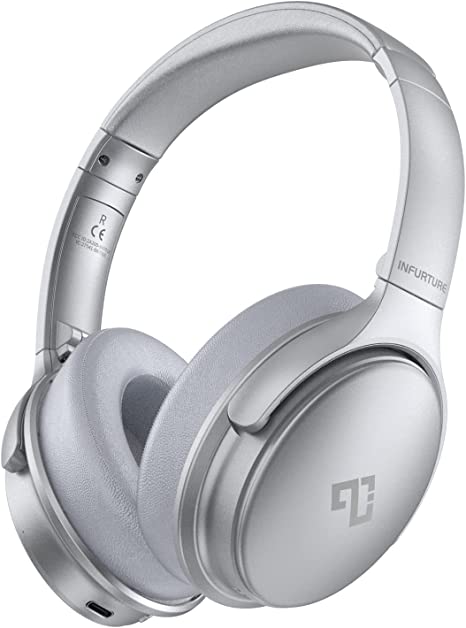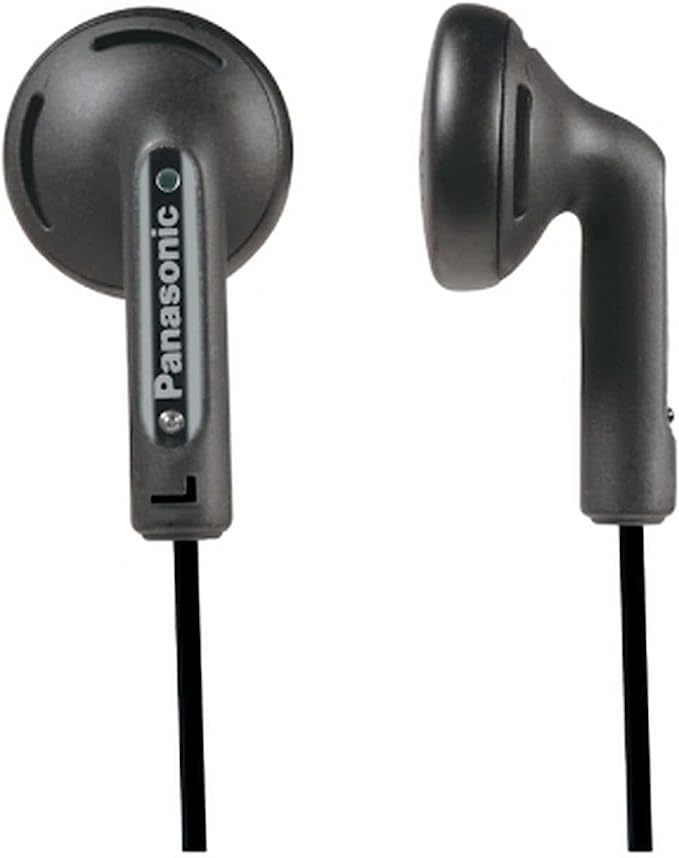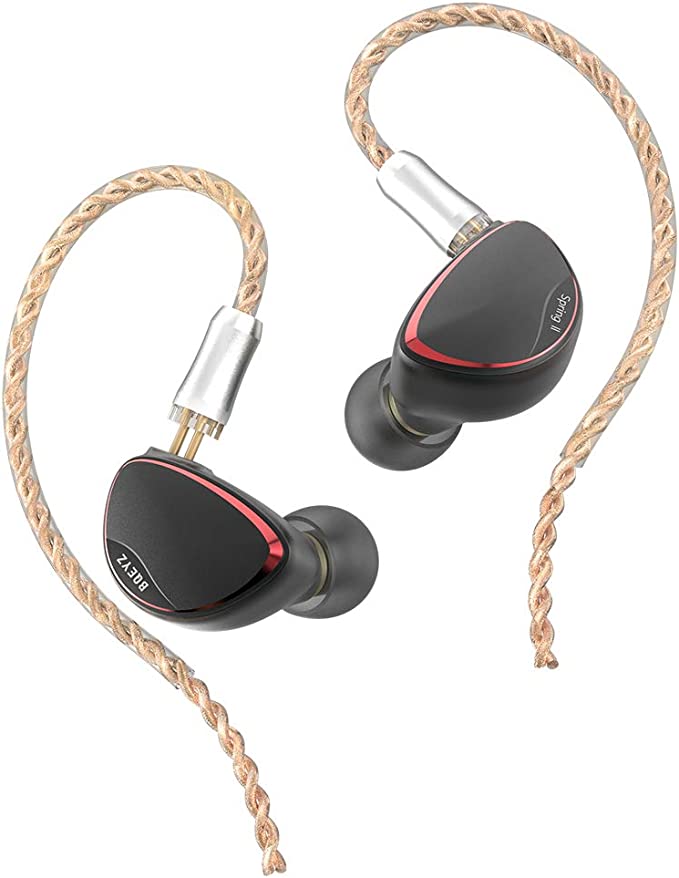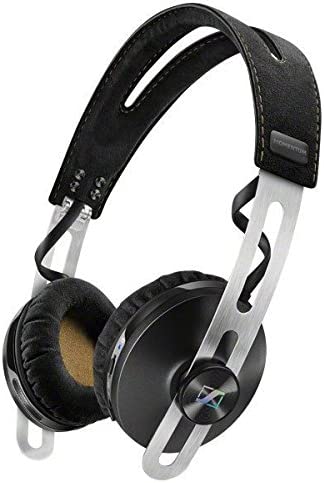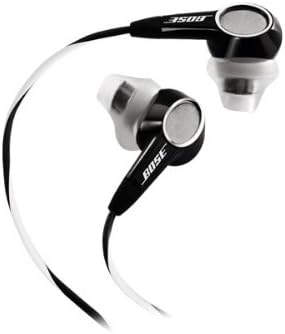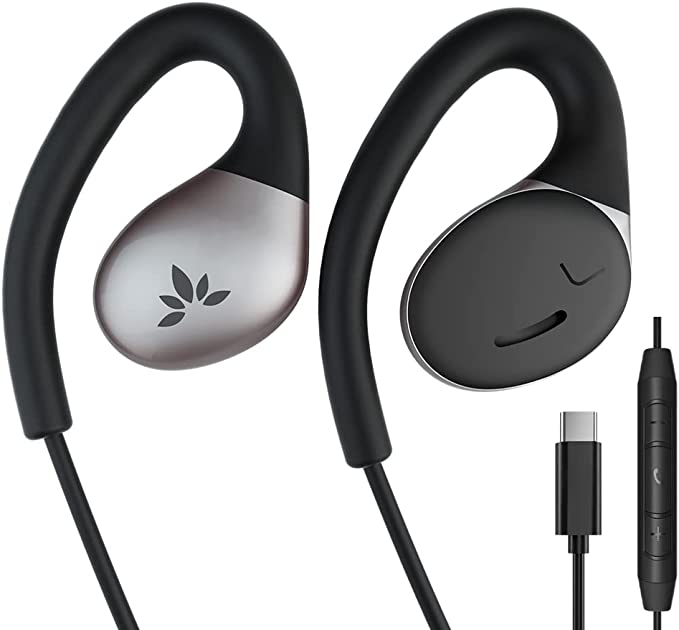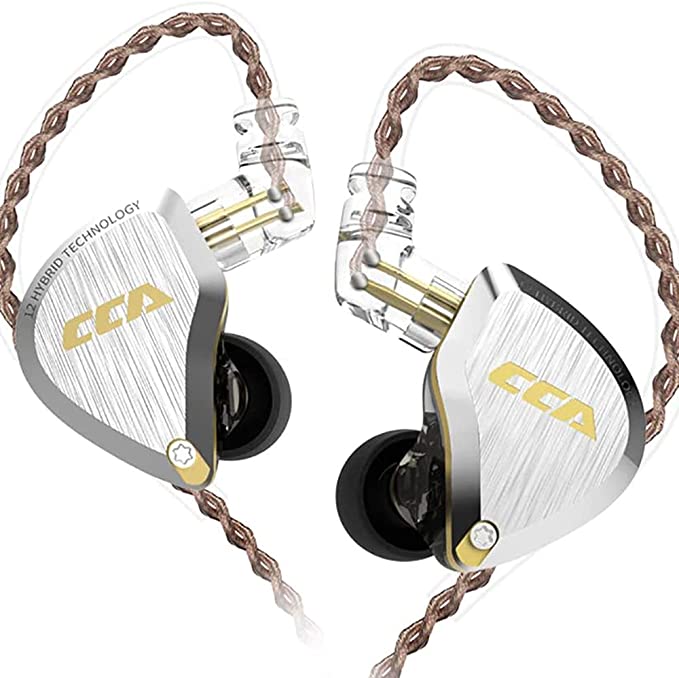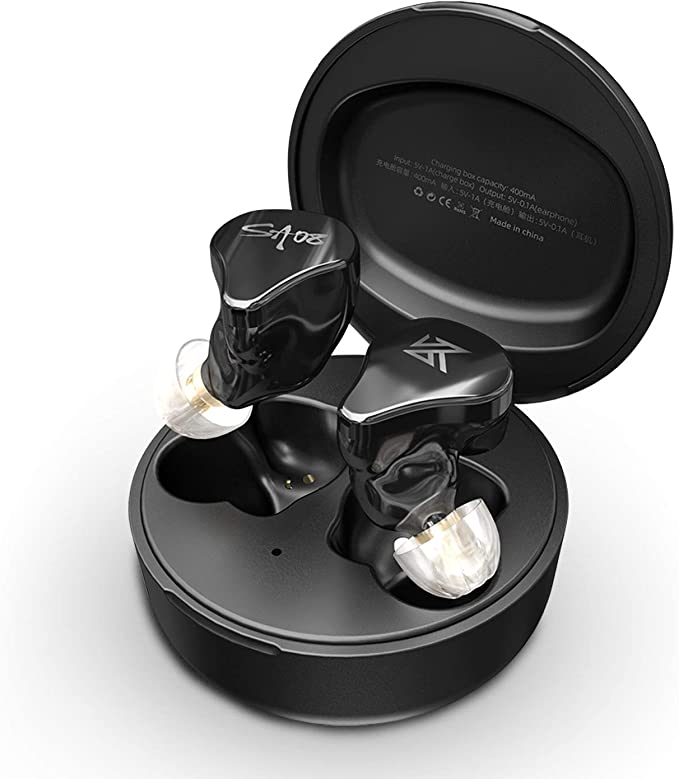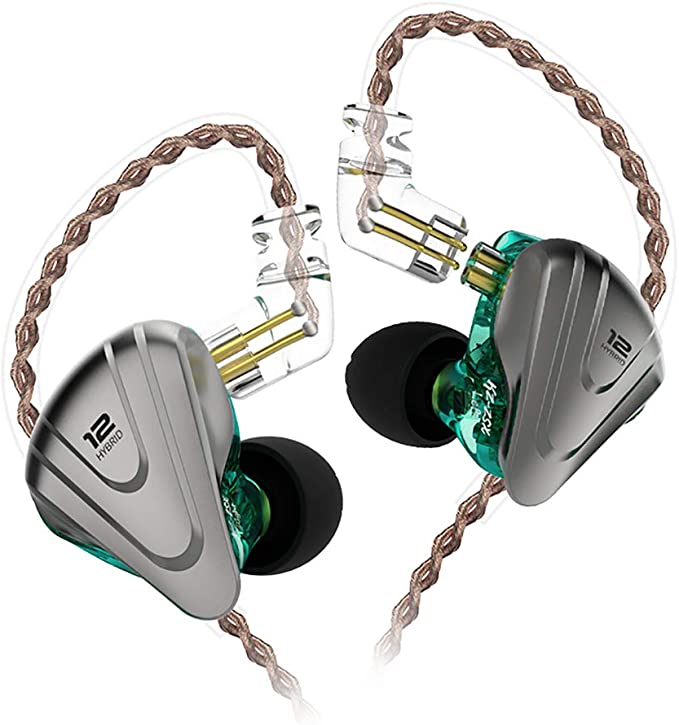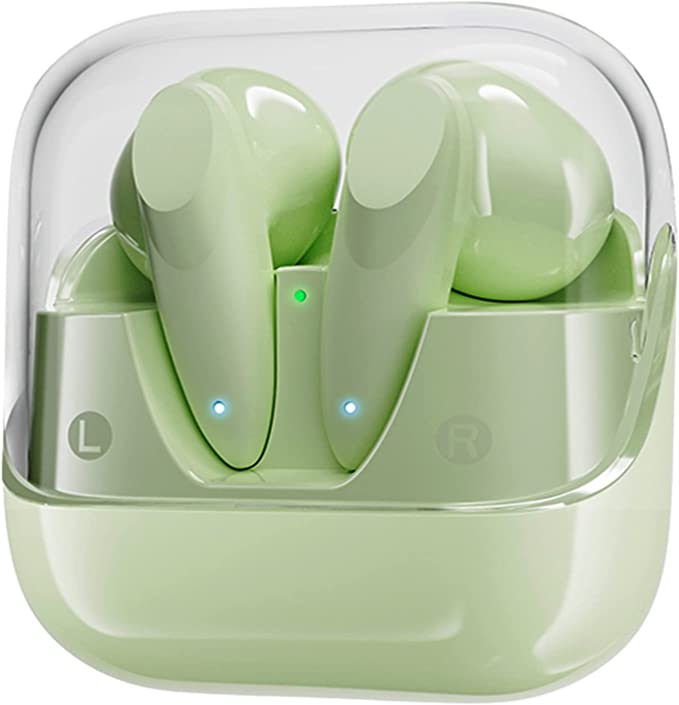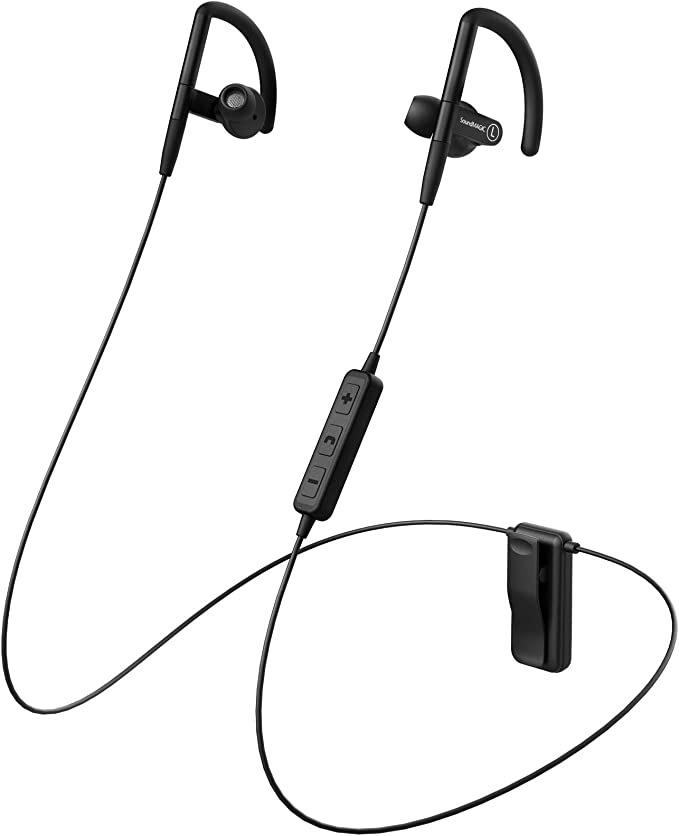High Quality Lossless Sound: XINLIANG USB C-01 C Wired Earbuds for Samsung Galaxy and Google Pixel Phones
Update on July 2, 2025, 7:52 a.m.
There was a certain magic to the old headphone jack. A satisfying, tactile click that felt like turning a key in a lock, opening a universal door to your own world of music, podcasts, or late-night calls. For decades, that small, unassuming 3.5mm port was a steadfast feature of our portable lives, from the Walkman to the early smartphone. Then, almost overnight, it began to vanish.
Its disappearance left many of us feeling like we’d lost a key. We were handed dongles, adapters, and the promise of a wireless future. But to understand why this faithful port was retired, we need to look deeper than the quest for thinner phones. It wasn’t just the removal of a component; it was the final curtain call for an analog star in an overwhelmingly digital show. The story of its replacement, the USB-C earbud, is a fascinating journey through history, physics, and the hidden language of sound.

The Long Echo of an Analog Past
Believe it or not, the ancestor of that tiny jack on your old MP3 player was born in the 19th century, serving as a robust quarter-inch plug for telephone operators connecting calls on massive switchboards. It was a purely analog technology, designed to carry the electrical equivalent of a human voice down a copper wire. Decades later, Sony’s revolutionary Walkman shrank this connector to 3.5mm, making it the global standard for personal audio. It was a perfect technology for its time, an open pipeline for the analog sound waves that our ears understand. But inside our modern devices, a different language is spoken.

A Tale of Two Languages and a Digital Dilemma
A smartphone thinks, processes, and stores information—including your favorite songs—as digital data: a precise, mathematical stream of 0s and 1s. Our ears, however, live in the analog world of continuous sound waves. For you to hear anything, a translation must occur. For years, a dedicated chip inside the phone, the Digital-to-Analog Converter (DAC), performed this crucial task. It would read the digital file and “translate” it into a smooth, analog electrical signal, which was then sent out through the 3.5mm jack.
The USB-C port, however, is a digital native. Its primary job is to transfer data and power in its pure, numerical form. Simply wiring it to old analog headphones would be like connecting two people who speak entirely different languages and expecting a conversation. This is where the paradigm shifts. The responsibility of translation had to move.

The Pocket-Sized Translator: Why the DAC is Your Earbud’s Brain
Every pair of USB-C headphones, from the most basic to the audiophile-grade, must contain its own built-in Digital-to-Analog Converter. The translator has moved out of the phone and now lives directly on the headphone cable. This is the single most important concept to grasp about modern wired audio.
Think of it this way: a music file is like a complex digital recipe from a master chef. The DAC is the culinary artist who reads that recipe and meticulously transforms it into a rich, flavorful, and perfectly balanced analog dish—the sound you actually hear. A high-quality DAC can interpret the recipe with nuance and precision, ensuring no flavor is lost and no unpleasant artifacts (like static or buzzing) are added. A poor-quality one might miss a few ingredients or burn the edges.
This is why products like the XINLIANG C-01 emphasize their “powerful DAC chip.” It’s not marketing jargon; it’s the very heart of the device. The quality of this tiny, integrated brain directly dictates the fidelity and clarity of the final audio experience. It’s the component that enables true “HiFi stereo” sound, ensuring that the music arrives at your ears as the artist intended.

Anatomy of a Modern Messenger
Once we understand the DAC’s central role, we can appreciate how the physical design of an earbud serves this newly translated signal. Using the XINLIANG C-01 as our specimen, we can deconstruct a modern audio messenger.
The journey begins in the acoustic chamber. The C-01’s earbuds are housed in metal, not plastic. This is an engineering choice. Metal’s rigidity provides a stable, non-resonant environment for the driver (the tiny speaker) to work, much like how a concert hall’s dense walls prevent unwanted echoes. This results in a cleaner, more precise sound, preventing the audio from becoming muddy or distorted.
From there, the translated analog signal travels down the signal highway—the cable. The wires inside are made of Oxygen-Free Copper (OFC). In the world of physics, impurities create resistance. Even the tiny amount of oxygen in standard copper can act like microscopic potholes, subtly impeding the flow of the electrical signal. OFC provides a smoother, purer pathway, ensuring the delicate details in the music aren’t lost in transit. This “highway” is paved with a durable, flexible TPE coating, a material that resists the tangles and torsions of daily life.
Finally, clever design addresses timeless annoyances. A simple principle of physics—magnetism—is used to clip the earbuds together, preventing the daily ritual of untangling a knotted nest. The in-line, three-button remote acts as the convenient control deck for your audio journey, allowing you to navigate your music and calls without breaking your stride.

The Quiet Elegance of a Wire
In a world rushing towards a wireless-everything future, it’s easy to dismiss the humble wire. Yet, a direct physical connection offers an elegant, unwavering reliability. As some users have noted, a wired connection provides crystal clear call quality because the signal isn’t compressed and beamed through the crowded public airwaves of Bluetooth. For gamers or movie watchers, it means zero latency—the sound is perfectly synchronized with the action on screen, something wireless audio still struggles to perfect.
And perhaps most importantly, there is no battery anxiety. There is no need to check a charge level or find your connection dropping mid-song. It’s a stable, robust, and always-ready link to your digital world.
Your Personal Connection
The headphone jack is a relic of a bygone era, but our desire for a personal, immersive connection to sound is timeless. The evolution to USB-C audio, exemplified by well-engineered earbuds like the XINLIANG C-01, isn’t a step back. It’s a fascinating step forward, packaging a sophisticated, self-contained audio system into a familiar form.
Understanding the science inside—the journey from a 19th-century switchboard to the microscopic DAC in your earbud cable—does more than make you a smarter consumer. It enriches your appreciation for the everyday magic of technology. It reveals that even in the simplest of devices, there is a deep history and a quiet elegance, reminding us that sometimes, the most direct connection is still the most powerful.
